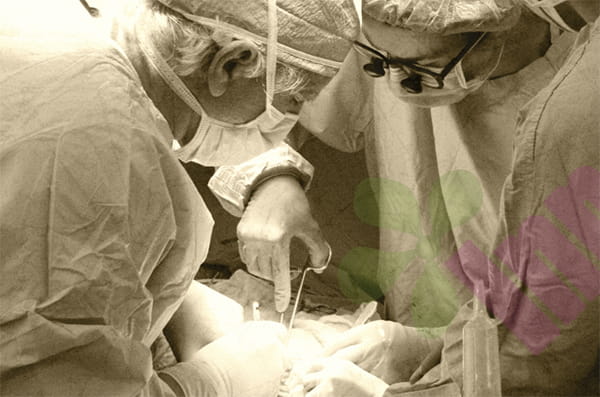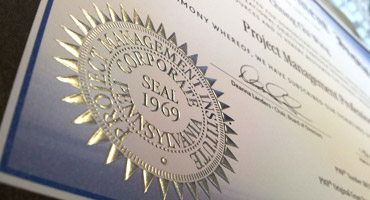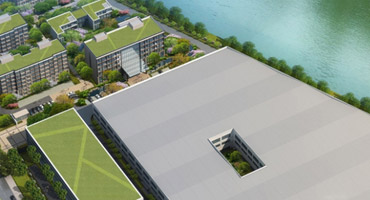The appearance of white pus-like spots on the tips of acne is a common sign of developing inflammation, medically known as pustules. This white substance is primarily composed of accumulated sebum, keratinocytes, and inflammatory cells such as white blood cells. Proper treatment of these whiteheaded pimples is crucial, as improper treatment can worsen inflammation or leave lasting scars.
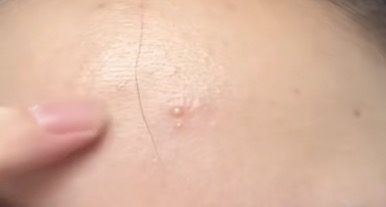
Why do whiteheads appear in acne?
Excessive sebum secretion by the sebaceous glands is the initiating factor. Abnormal keratinization of keratinocytes at the entrance of the hair follicles leads to blockage of the ducts, creating a closed environment. Propionibacterium acnes multiplies in the blocked follicles, breaking down sebum to produce free fatty acids. These substances act as chemoattractants, attracting inflammatory cells such as neutrophils to accumulate, forming pus. As the inflammatory response intensifies, the integrity of the hair follicle wall is compromised, and pus gradually pushes toward the skin surface, eventually forming a visible white pus head.
What situations can you handle on your own?
The acne is fully mature, with the whitehead clearly protruding from the skin's surface and minimal surrounding redness or swelling. The pus is superficial, soft to the touch, and tends to break naturally. The number of acne is small, either single or scattered, with no clusters. The patient has no underlying medical conditions such as diabetes or immunosuppression. The patient possesses aseptic operating conditions and relevant knowledge, and is able to perform disinfection procedures correctly.
What are the correct cleanup steps?
Wash your hands thoroughly with soap and running water before handling. Disinfect the pimple and surrounding skin with an alcohol pad and allow to dry naturally. Choose a special acne needle that has been soaked in alcohol or flame-sterilized; avoid using a regular sewing needle. Gently pierce the skin at the thinnest part of the pus spot with the needle tip parallel to the pus spot. Use the circular end of the acne needle to gently press around the area to encourage pus to drain. Stop squeezing immediately if clear tissue fluid or a small amount of blood is seen. Disinfect the wound surface again with an alcohol pad and apply antibiotic ointment. Avoid contact with water for 6 hours after cleaning and keep the wound dry.
What mistakes must be avoided?
Never squeeze with your fingernails; this will not only ineffectively drain pus but may also push bacteria deeper into the tissue. Avoid forcibly treating premature pimples, as this increases the risk of spreading inflammation. Avoid using unsterilized instruments, as this can easily introduce new sources of infection. Avoid excessive squeezing, as this can damage the dermis and lead to scarring. Avoid applying heavy makeup immediately after cleansing, as this can clog freshly cleansed pores. Avoid frequent touching of the treated surface to prevent secondary infection.
How to promote healing after a cleanse?
Apply a thin layer of antibiotic ointment, such as mupirocin or fusidic acid, 2-3 times daily. Use a hydrocolloid acne patch to absorb any residual exudate and protect the wound surface. Avoid sun exposure, as newly formed epithelial cells are sensitive to UV rays. Keep the area clean and gently wash with saline. Use a zinc-containing skincare product to help control oil secretion. Get adequate sleep to promote tissue repair.
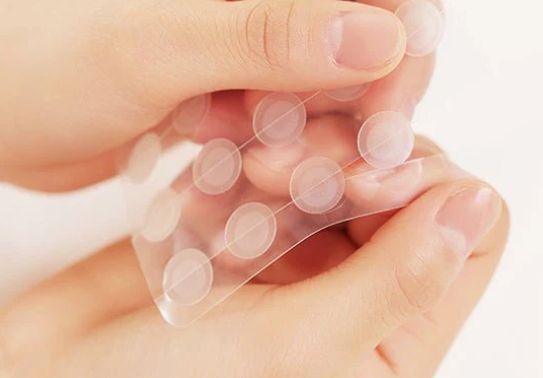
Under what circumstances is medical treatment required?
Acne is large, exceeding 5 mm in diameter, or deep into the dermis. Acne occurs in the dangerous triangle of the face, an area rich in blood vessels and connected to the brain. Multiple, interconnected acne forms, developing into conglobate acne. Signs of worsening infection, such as redness, swelling, heat, and pain, develop after self-treatment. Recurring acne in the same area suggests a deeper underlying problem. It leaves noticeable depressed or hypertrophic scars. It is accompanied by systemic symptoms such as fever.
For more information on Innomed®Acne Plaster, refer to the Previous Articles. If you have customized needs, you are welcome to contact us; You Wholeheartedly. At longterm medical, we transform this data by Innovating and Developing Products that Make Life easier for those who need loving care.
Editor: kiki Jia

 English
English عربى
عربى Español
Español русский
русский 中文简体
中文简体